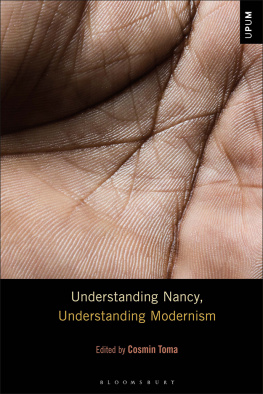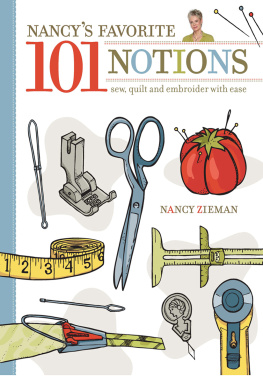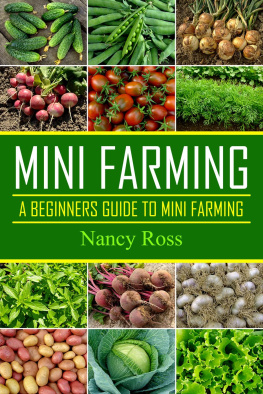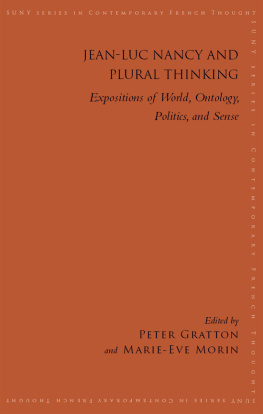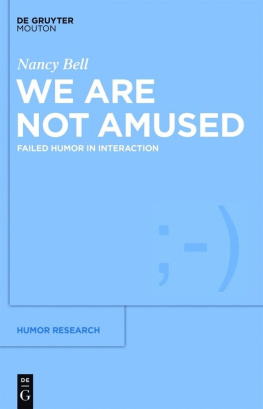

CONTENTS
TO SARAH, WHO FLIES FOREVER FREE,
AND THE SPIRIT OF MY MOTHER WHO FLIES WITH HER
I LEAVE NO TRACE OF WINGS IN THE AIR,
BUT I AM GLAD THAT I HAVE HAD MY FLIGHT
Rabindranath Tagore
CHAPTER

w HEN I ARRIVED home from New York, the massive black cage dominated most of our small living room. Looking out from behind the bars was the blue-and-gold macaw that my friend Samantha had given me without cost because of my track record in redeeming problematic or rescue animals. Peg Leg, as she had been named by her previous owner, was a rescue bird, much larger than I remembered and, according to her previous veterinarian, vicious. I had seen her only once at Samanthas wild bird rescue ranch, but here in our ten-by-twelve-foot space she seemed far more imposing. She was nearly two feet tall, and her most impressive feature was certainly her feathers, brilliant blues and golds that extended to the tip of each two-foot wing. Then there were the eyes, soft black inside a white mask streaked with black lines like those of a Mayan shaman or African warrior. The effect was dramatic and not just a little intimidating, although not as intimidating as the beak, also black, which from nose to crown measured nearly four inches. She had only one foot. Her left foot had been cut off by her captors while they tried to release her from the parrot snare that had ended her life as a free bird in the Amazon basin. As I moved closer to the cage, her powerful gaze asked only one question: Predator or prey?
The bird I had originally wanted was an African grey, far smaller than a macaw and known for its high verbal fluency and mild temperament. I had first seen one at a Parrot Weekend Experience sponsored by Samantha and a group of breeders, rescuers, owners, and veterinarians. For three days I listened to lectures, heard amazing stories of bird antics and adventures, while interacting with both domestically raised and wild-caught parrotsfrom cherry-headed conures to cockatoos to African greys to the ultimate macaw, the largest of all the parrots and the most temperamental. Given the size of the macaws beak and the birds propensity for biting, I was hesitant to hold one or have it perch on my arm. Much more my style was the grey I fancied, who unfortunately already belonged to someone else. This weekend had been a gift from my husband, Kerry, who thought I would enjoy being exposed to these exotic creatures far beyond my usual family of dogs and cats. Something happened during that weekend, some strange pull to these living relics from the dinosaur age who seem to know what we have forgotten about being wild and wise.
When I was a child, lost animals always seemed to find memostly cats and dogs but sometimes hamsters or guinea pigs. When I was six, I had a gopher friend for whom I would steal carrots from the refrigerator, then sneak outside to feed him in his burrow. Even after I became an adult, cats and dogs still gravitated to me, along with the occasional squirrel or raccoon. When I met Kerry, my family was smallone dog and one catbut I warned him that more would show up; it was only a matter of time. Since our home is in the woods, the possibilities were endless. Id recently rescued a baby squirrel who had fallen from its tree home and landed in the middle of our deck, where my numerous cats were circling for the kill. Wrapping him in a fluffy washcloth, I carried him in a sling that held him against my chest for warmth and a friendly heartbeat. I fed him mashed-up fruits, along with a little water, and he slowly regained his strength. After a few days, I took him to a stand of oak trees whose branches offered many possibilities for both a new home and safety from marauding cats.
But I had never owned an exotic animal, believing firmly that wild things belong in wild places. Peg Leg brought the point home. There in her five-by-four-foot cage, her wings could not fully extend to their nearly four-foot span. In the jungle from which she came, she would have flown above the leafy canopy, following air currents down to the river to take a drink or bathe. She was now somewhere between four and six years old, having been captured when she was approximately two. She had not flown or bathed in all that time. The method of her capture is no less sad. Although illegal today, the preferred method of capture has been parrot snares or nets, placed to trap unwary birds. In her case, the left foot became hopelessly tangled in the mesh and her captors were forced to cut off her left foot in order to release her. From there she had been shipped to a first-time breeder in Nebraska who had illusions of raising scores of little birds that would sell for as much as two thousand dollars each. The illusion didnt take account of the incessant screaming of two macaws who hated each other and refused to mate. In retaliation and frustration, the woman beat them with a stick poked through the bars. Saddened by her own behavior, the woman offered the birds to a local veterinarian who had contacts in California for wild bird rescues. Peg Leg and her mate then made their way to Samantha who added them to her other sixty or so birds, all wild-caught and all living in cages. Her aviary was under construction when I attended the Parrot Weekend, but even when completed it would be able to accommodate only fifteen to twenty birds; the rest would remain caged and, to my mind, spiritually broken. Peg Legs scenario was even worse; she was sick with an infectious disease, so her cage was in isolation in a tiny laundry room. That was where I first met her.
When I had left for New York, I was not yet convinced that I could or would trade my African grey dream for a macaw nightmare. Kerry had offered to buy me a grey, planning to have the bird there for me when I returned. Still, there was something about Peg Legs eyes that captivated me from our first meeting; that proud bird in a pitiful cage was beginning to unravel my dream. I told Kerry that I would leave the final decision up to him, since he was going to have to live with the bird, too. Both he and I agreed that birds should not be caged, so the temperament issue was crucial. Peg Leg was vicious, trying to bite whoever fed her through the bars. Was this a bird we could live with? What about our other animalsand those to come? What would happen if things didnt work out and we had to return her to Samantha? What to do, what to do?
We said yes.
CHAPTER

w E HAD TO GIVE Peg Leg a new name. She was a beautiful bird, a proud and fearless bird, a bird of grace. Peg Leg would never do. Kerry suggested Sarah because he thought it was a beautiful name. I agreed, because in Hebrew the name means princess and I thought she was one.
Hello, Sarah; you are such a beautiful bird.
Over and over I repeated those words, rhythmically erasing the terrible sound of Peg Leg. Even our two dogs, Ben and Blanco, seemed somehow reassured by the sound of her name coming from me, the one they loved and who fed them so well. Ben had been our first dog together after I moved onto Kerrys property. A rescue dog, he had been abandoned by his owners and wandered for months during the winter out on the road beyond our place. Taken to the Barking Lot, a local rescue facility for dogs and cats, he found himself in the caring hands of Audrey, who spent nearly two months stripping his badly matted fur. Mostly Tibetan Terrier, he looked nothing like his elegant heritage when I saw him in his dog run. Last on the right, he had been with Audrey for six months; no one wanted to adopt him because he wasnt cute enough with his buzz-cut black-and-white body. Its always about the eyes. I looked at him, and we both knew. I named him Bentley, which soon became Ben, and I called him my little Buddha dog because he was so mellow and wise-looking. If Ben was Buddha, Blanco was Attila the Hun. Nicknamed Blanco the Killer Maltese Terrier, he was pure white and feared nothingnot other dogs, not cats, not raccoons, not deer, not even the occasional bear.
Next page

